Government Initiatives and Funding
Government initiatives and funding play a crucial role in the expansion of the Bus Rapid Transit BRT Market. Various governments are increasingly recognizing the importance of investing in public transportation infrastructure to alleviate traffic congestion and promote sustainable urban development. For instance, funding allocations for BRT projects have seen a notable increase, with several countries committing substantial financial resources to enhance their transit systems. This trend suggests that the Bus Rapid Transit BRT Market may experience accelerated growth as governments prioritize transportation projects that align with environmental goals and public welfare. The potential for public funding to support BRT initiatives indicates a favorable environment for market expansion.
Urbanization and Population Growth
The increasing trend of urbanization and population growth appears to be a primary driver for the Bus Rapid Transit BRT Market. As more individuals migrate to urban areas, the demand for efficient public transportation systems intensifies. According to recent data, urban populations are projected to rise significantly, leading to heightened congestion and pollution levels. This scenario necessitates the implementation of sustainable transit solutions, such as BRT systems, which can accommodate a larger number of passengers while reducing travel times. The Bus Rapid Transit BRT Market is likely to benefit from this urban shift, as cities seek to enhance mobility and accessibility for their residents, thereby fostering economic growth and improving quality of life.
Environmental Concerns and Sustainability
Environmental concerns and the push for sustainability are driving the Bus Rapid Transit BRT Market towards greener solutions. As awareness of climate change and air pollution grows, cities are increasingly adopting BRT systems as a means to reduce carbon emissions and promote eco-friendly transportation options. The BRT systems are designed to be more energy-efficient compared to traditional bus services, which aligns with global sustainability goals. Recent studies suggest that cities implementing BRT can reduce greenhouse gas emissions significantly, making it an attractive option for urban planners. This focus on sustainability is likely to propel the Bus Rapid Transit BRT Market forward as municipalities seek to create cleaner, more livable urban environments.
Rising Demand for Efficient Public Transport
The rising demand for efficient public transport is a significant driver for the Bus Rapid Transit BRT Market. As urban populations expand, the need for reliable and fast transit options becomes increasingly critical. BRT systems offer a solution by providing dedicated lanes, priority signaling, and high-capacity vehicles, which can effectively reduce travel times and enhance service frequency. Market data indicates that cities with established BRT systems report higher levels of customer satisfaction and increased ridership. This growing demand for efficient public transport solutions suggests that the Bus Rapid Transit BRT Market is poised for growth, as more cities look to implement or expand their BRT networks to meet the needs of their populations.
Technological Advancements in Transit Systems
Technological advancements are reshaping the landscape of the Bus Rapid Transit BRT Market. Innovations such as real-time tracking, smart ticketing systems, and integrated mobile applications are enhancing the efficiency and user experience of BRT services. These technologies not only streamline operations but also attract more riders by providing convenience and reliability. Data indicates that cities implementing advanced technologies in their BRT systems have witnessed increased ridership and improved operational efficiency. As technology continues to evolve, the Bus Rapid Transit BRT Market is likely to see further enhancements that could lead to greater adoption and investment in BRT solutions.


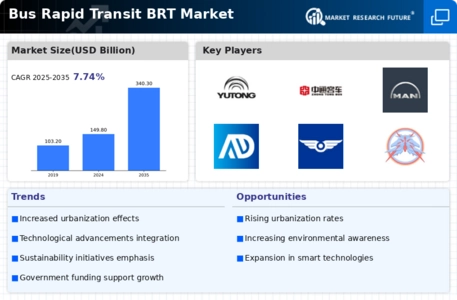
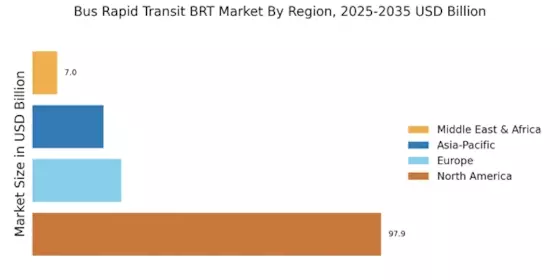

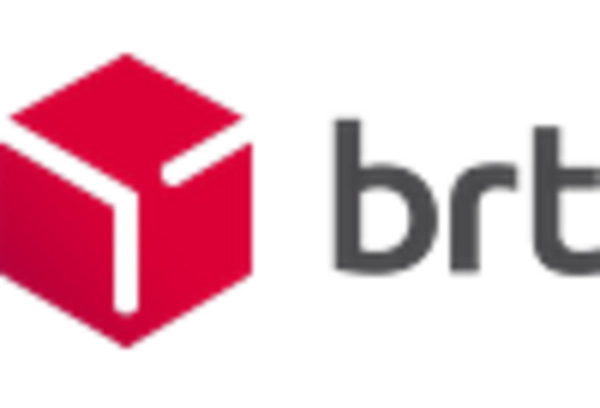
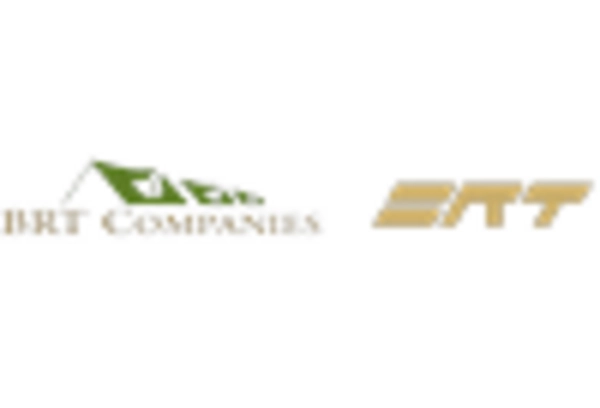
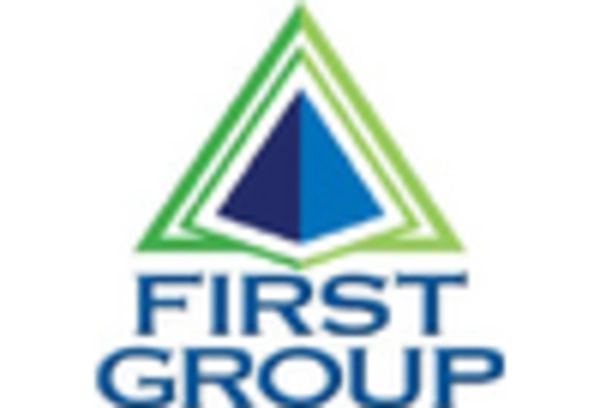
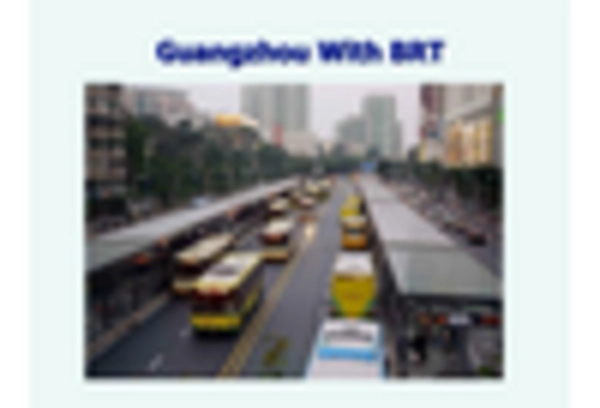
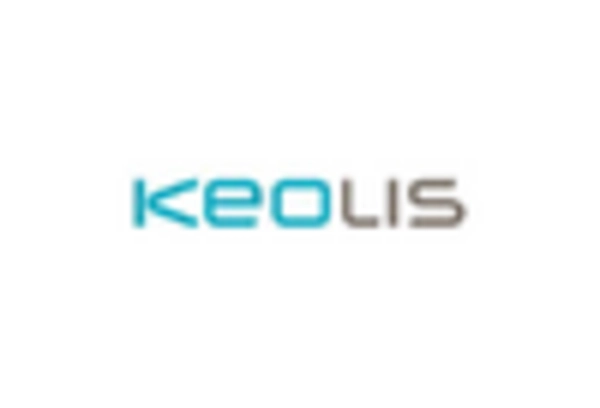
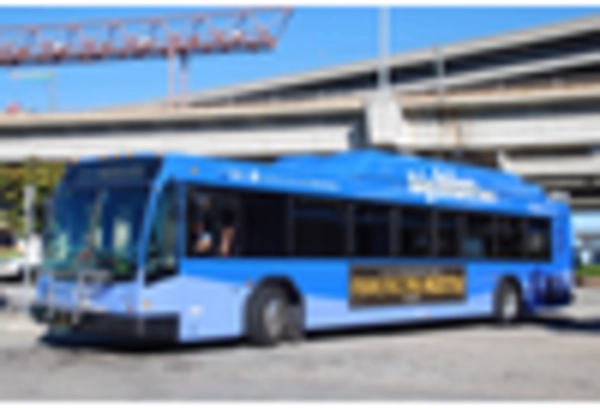
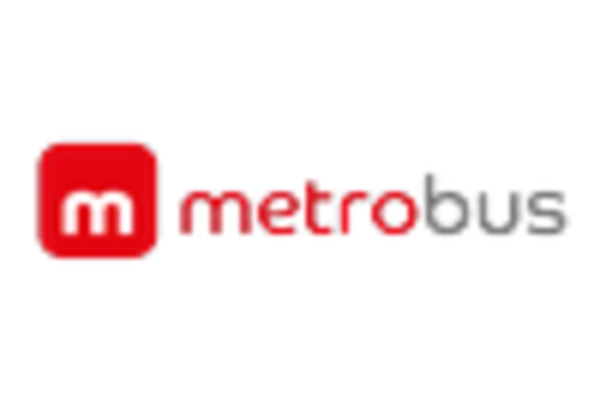


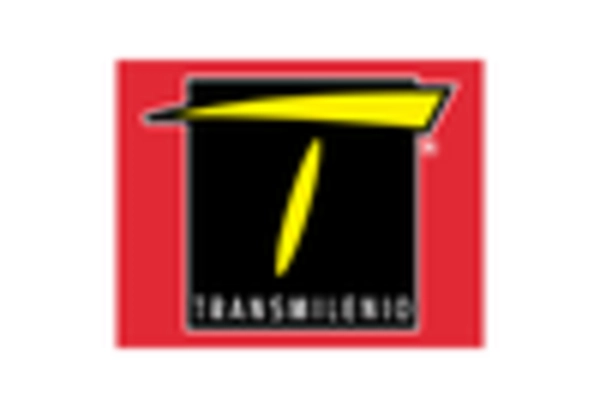









Leave a Comment